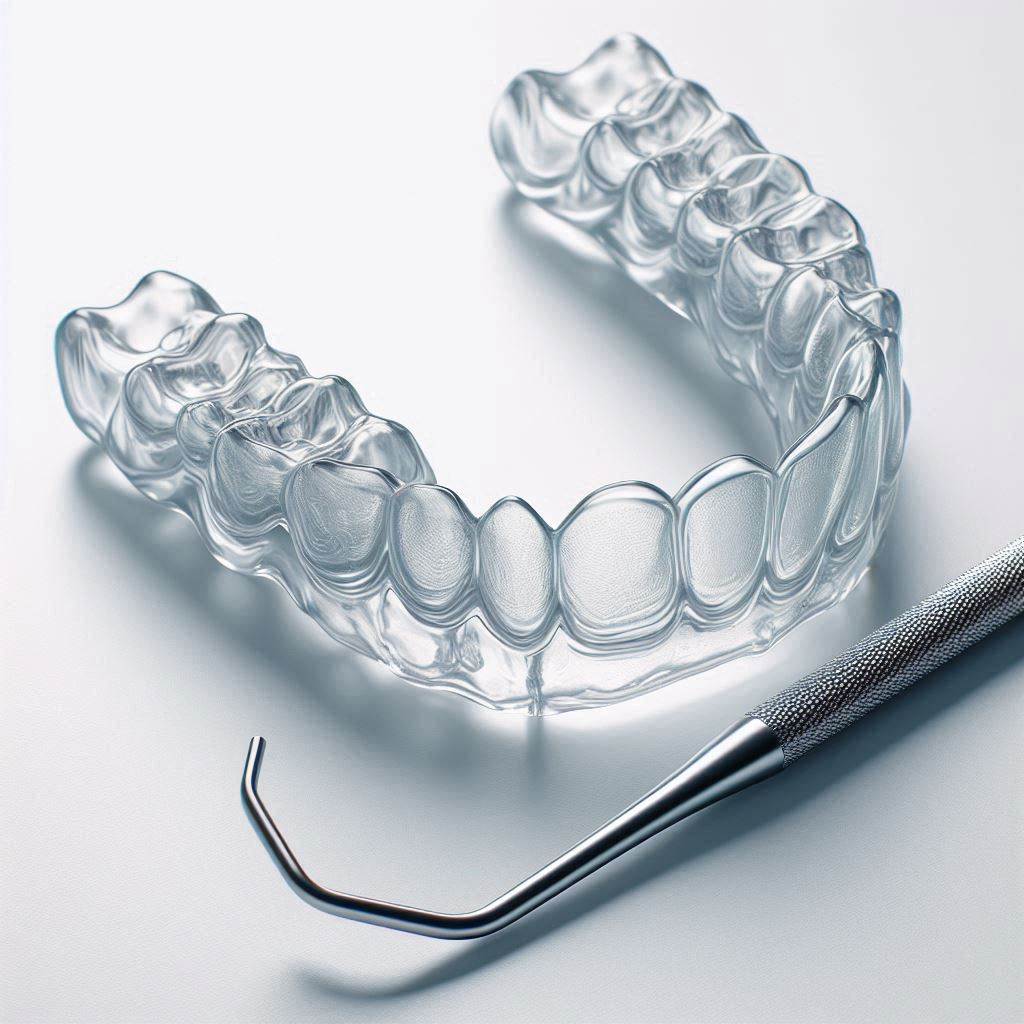ADA Code for Permanent Retainer
Permanent retainers are a crucial component in orthodontic treatment, ensuring teeth remain in their corrected positions long after braces or aligners are removed. However, dental professionals must accurately document and bill for these services using the correct American Dental Association (ADA) codes to ensure proper reimbursement and compliance.
This comprehensive guide explores the ADA codes for permanent retainers, their clinical applications, fabrication techniques, and billing best practices. Whether you’re a dentist, orthodontist, or dental coder, this article provides in-depth insights to enhance your practice.

2. Understanding Permanent Retainers
Definition and Purpose
A permanent retainer, also known as a fixed or bonded retainer, is a thin wire attached to the lingual (back) surfaces of teeth to prevent relapse. Unlike removable retainers, these are cemented in place, offering continuous stabilization.
Types of Permanent Retainers
| Type | Description | Common Use Cases |
|---|---|---|
| Bonded Lingual Wire | A flexible wire bonded to the lower or upper anterior teeth | Lower incisor stabilization |
| Fiber-Reinforced Retainer | Made of composite and fiber for added strength | Patients with high relapse risk |
| Custom-Fixed Retainer | Lab-fabricated for precise fit | Complex orthodontic cases |
3. ADA Coding for Permanent Retainers
Overview of ADA Codes
The ADA Current Dental Terminology (CDT®) provides standardized codes for dental procedures. For permanent retainers, the relevant codes include:
- D8680 – Orthodontic Retention (Fixed)
- Covers the placement of a fixed retainer.
- D8210 – Removable Retainer
- Used if a removable retainer is provided alongside a fixed one.
- D8670 – Periodic Orthodontic Treatment Visit
- For follow-up adjustments.
Billing Tips
- Always verify insurance coverage before placement.
- Document medical necessity (e.g., severe crowding history).
4. Clinical Considerations for Permanent Retainers
Indications
- Patients with severe crowding relapse.
- Deep bite or open bite corrections.
Contraindications
- Poor oral hygiene habits.
- Patients with high caries risk.
5. Fabrication and Placement Process
Step-by-Step Procedure
- Impression Taking – Digital or traditional molds.
- Wire Bending – Customized to patient’s arch.
- Bonding – Using composite resin.
(Insert graphic: Permanent retainer placement steps)
6. Maintenance and Complications
Oral Hygiene Tips
- Use floss threaders or water flossers.
- Avoid hard/sticky foods.
Common Issues
- Debonding – Can be recemented.
- Plaque Accumulation – Requires meticulous cleaning.
7. Billing and Insurance Considerations
- Medically Necessary vs. Cosmetic – Some insurers classify retainers as elective.
- Preauthorization – Recommended for higher approval rates.
8. Permanent vs. Removable Retainers
| Feature | Permanent Retainer | Removable Retainer |
|---|---|---|
| Compliance | No patient dependency | Requires patient cooperation |
| Longevity | Lasts years with care | May wear out faster |
| Cleaning | Harder to clean | Easier maintenance |
9. Case Studies
Case 1: A 25-year-old with lower incisor crowding received a bonded retainer, preventing relapse over 5 years.
10. Future Trends
- 3D-Printed Retainers – More precise and cost-effective.
- Smart Retainers – Sensors to track wear.
11. Conclusion
Permanent retainers are essential for long-term orthodontic stability. Proper ADA coding (D8680), careful placement, and patient education ensure successful outcomes. Stay updated with evolving materials and insurance policies to optimize patient care.
12. FAQs
Q: How long do permanent retainers last?
A: Typically 5-10 years, but some last a lifetime with good care.
Q: Can a permanent retainer be removed?
A: Yes, but only by a dental professional to avoid enamel damage.
Q: Does insurance cover permanent retainers?
A: Some plans do if deemed medically necessary—check with providers.


